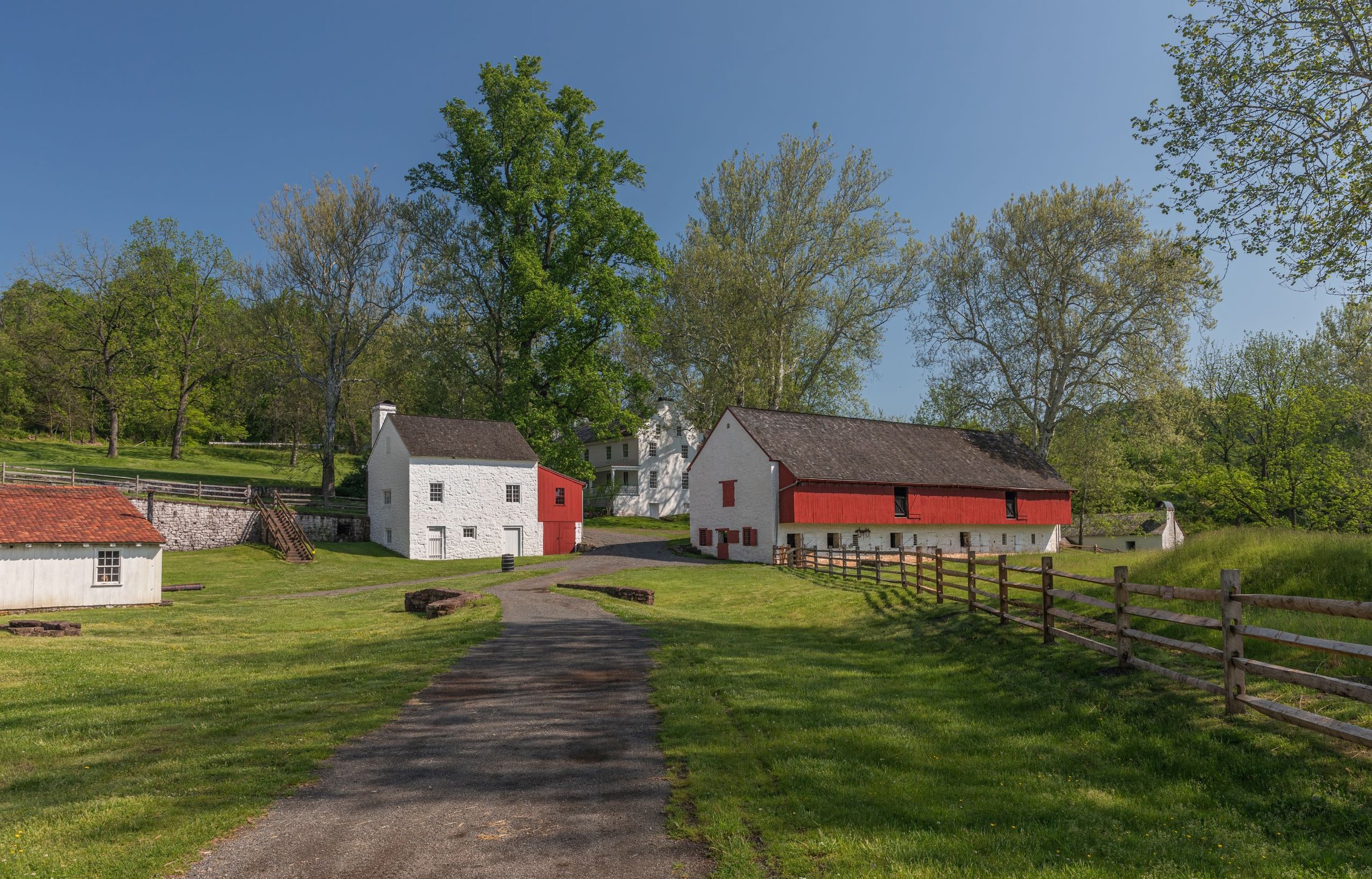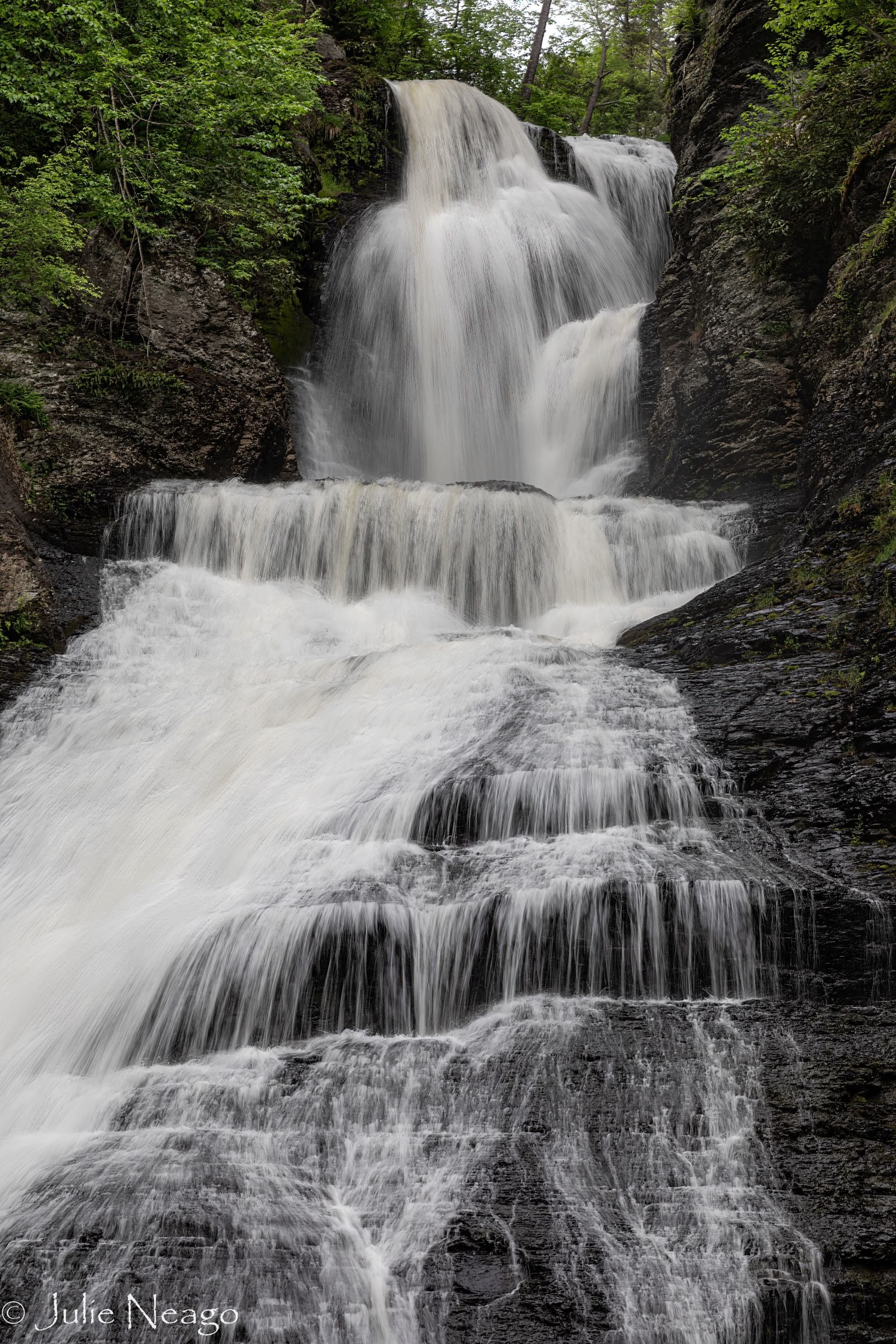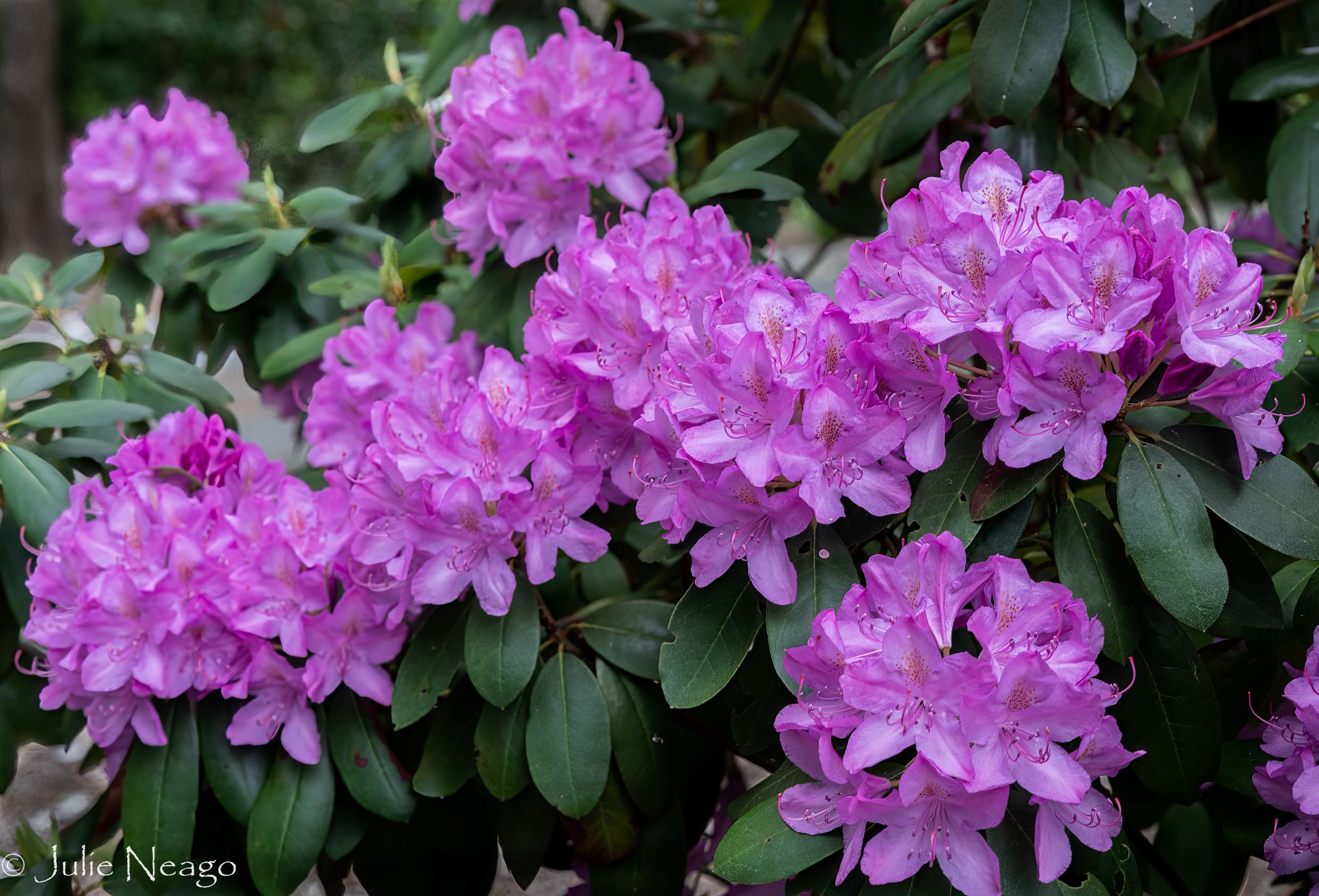National Park Sites in Eastern Pennsylvania
Valley Forge, Hopewell Furnace, and Delaware Water Gap
May 2022
After taking a detour to the Delaware and Maryland seashore, we resumed our journey north, beginning with another stop in SE Pennsylvania. We stayed at forested French Creek State Park, which was right next door to Hopewell Furnace Natl. Historic Site. Hopewell Furnace was built in 1771 to produce cast iron, and during the Revolutionary War, turned to supplying the army with cannon shot. One acre of trees made enough charcoal to run the furnace for one day.
This building was the cast house, where workers poured molten iron into molds to make stove plates and other goods. Behind it is the shed where teamsters brought the materials for making iron: charcoal, limestone, and iron ore.
The large building is the barn which held up to 36 draft animals and feed. The white building in the center held the company store. The blacksmith shop is on the left. There was basically a little village here, with houses for workers’ families as well. We stopped at one of the houses, and had a nice, long chat with one of the Park Service volunteers.
That evening, we ate dinner at Shady Maple Smorgasbord, which was recommended to us by our Pennsylvania friends. That restaurant was enormous with a huge buffet! We drove through Amish country to get there.
The next day, Craig wasn’t feeling well and wanted to rest, so I ventured out to Valley Forge by myself on a hot day. Valley Forge National Historical Park was bigger than I thought it would be. I stopped at the visitor center first to see the museum exhibit, and then drove the self-guided tour road. During the winter of 1777-78, Valley Forge was the 4th-largest city with over 12,000 inhabitants. Acres of trees were cut down to build 1200 log cabins. Valley Forge was within a day’s march of Philadelphia, which was occupied by the British at that time.
There are 40 monuments and memorials inside the park. The largest is the National Memorial Arch, erected along the road where the Continental Army marched into the encampment. Other statues and monuments honor generals or groups of people. 12 states (out of the original 13 colonies) have a monument on the sites where their brigades were located.
Farther down the road is Washington’s Headquarters, where General Washington and his aides stayed and worked. Washington paid the owner, Isaac Potts, for the use of his house.
Our next stop was in NE Pennsylvania. Craig was still not feeling well, so I went by myself to Delaware Water Gap Natl. Recreation Area. As there were very few people in the area due to its being a weekday in May, I did not feel comfortable hiking alone up the hills to the viewpoints of the Delaware River. I stuck to the easy, short hikes to some popular waterfalls. The Gap is 40 miles long, so I explored only a tiny area in the northern part. I stopped first at the park headquarters in Bushkill to get maps. The visitor centers weren’t open. Then, I drove up to the trailhead to Dingmans Falls. This was an easy boardwalk trail. The first waterfall I came to was Silver Thread Falls.
Dingmans Falls was at the end of the out-and-back trail. It was really flowing and was quite impressive!
Then I drove to the trailhead to Raymondskill Falls, the tallest waterfall in Pennsylvania, that falls in 3 tiers. The photo below does not show the whole falls. There was another tier just below the platform where I was standing. In the first photo, you can see the platform at the top of the falls, where I stood first, before going down to the lower platform.
We wondered why there are so many places in Pennsylvania and New York that end in -kill. It’s from the Dutch meaning creek or riverbed.
Here is the view of the falls looking down from the upper platform.
Here is the tier below the lower platform.
At this point, I was just a short drive away from Grey Towers Natl. Historical Site in Milford, PA. Grey Towers was the home of Gifford Pinchot, who as an advocate of conservation, was the founder of the U.S. Forest Service and was also a governor of Pennsylvania. The site is managed by the Forest Service, not the NPS. The house was closed to visitors, but the grounds were free to walk around.
We saw rhododendrons like these everywhere in Pennsylvania. These flowers pictured above and below were at Grey Towers.
Grey Towers was a peaceful, uncrowded spot. I was sorry Craig missed these beautiful places. He finally started feeling better after this, though, and we continued our journey north, heading into upstate New York for most of the next month, from the last week in May through the third week in June.


























